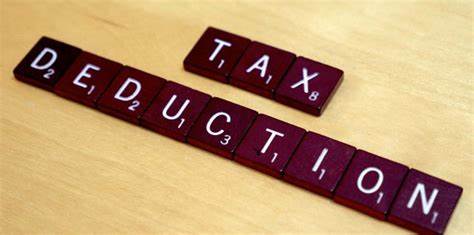What is TDS?
TDS is simply Tax Deducted at Source. As per the Income Tax Act – persons responsible for making payments are required to deduct tax at source at prescribed rates. Instead of receiving tax on your income from you at a later date, the govt wants the payers to deduct tax before hand and deposit it with the govt.
The recipient of income receives the net amount (after deducted of tax at source). The recipient will add the gross amount to his income and the amount deducted at source is adjusted against his final tax liability. Basically take credit of the amount already deducted and paid on his behalf.
TDS is deducted at the time of payment in cash or cheque or credit to the payee’s account whichever happens earlier.
TDS is deducted on salaries, interest payment by banks, payment of commission, while paying rent, payments made to consultants, payments to lawyers or freelancers. (Some of these requirements to deduct tax are not applicable to individuals – for e.g. individuals are not expected to deduct TDS while paying rent or while paying fees to doctors or lawyers).
Your employer deducts TDS at the income tax slab rates applicable. Banks deduct TDS @10%. Or they may deduct @ 20% if they do not have your PAN information. For most payments rates of TDS are set in the income tax act and TDS is deducted by payer basis these specified rates.
If you submit investment proofs (for claiming deductions) to your employer and your total taxable income is below the taxable limit – you do not have to pay any tax. And therefore no TDS should be deducted on your income. Similarly you can submit Form 15G and Form 15H to the bank if your total income is below taxable limit so that they don’t deduct TDS on your interest income.
In case you have not been able to submit proofs to your employer or if your employer or bank has already deducted TDS and your total income is below the taxable limit) – you can file a Return and claim a refund of this TDS.
TDS & PAN
Its important to understand how TDS is linked to your PAN. TDS deductions are linked to PAN numbers for both the deductor and deductee. If TDS has been deducted from any of your income you must go through the Tax Credit Form 26AS. This form is a consolidated tax statement which is available to all PAN holders. Since all TDS is linked to your PAN, this form lists out the details of TDS deducted on your income by each deductor for all kinds of payments made to you – whether those are salaries or interest income – all TDS linked to your PAN is reported here. This form also has income tax directly paid by you – as advance tax or self assessment tax. Therefore, it becomes important for you to mention your PAN correctly, wherever TDS may be applicable on your income.

